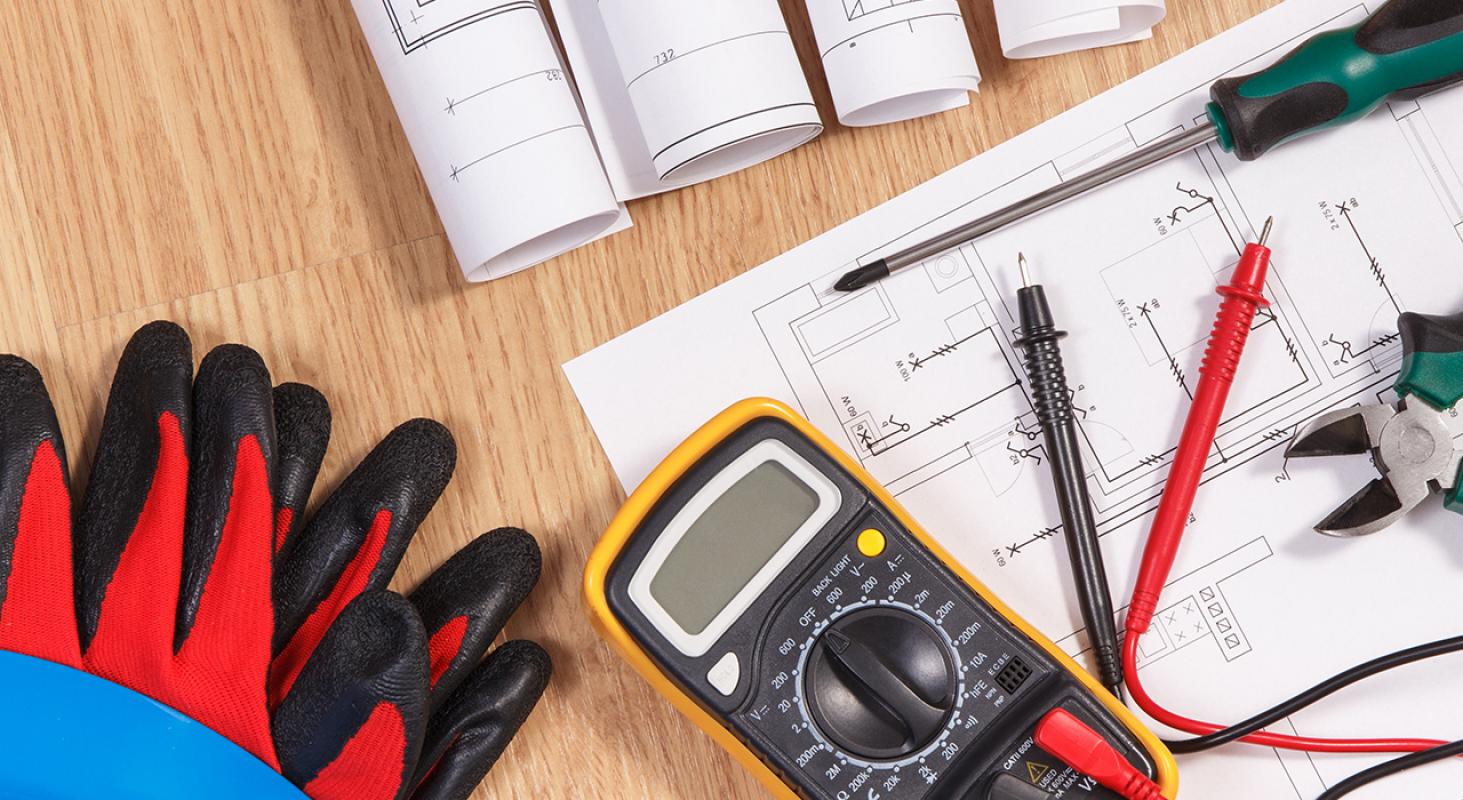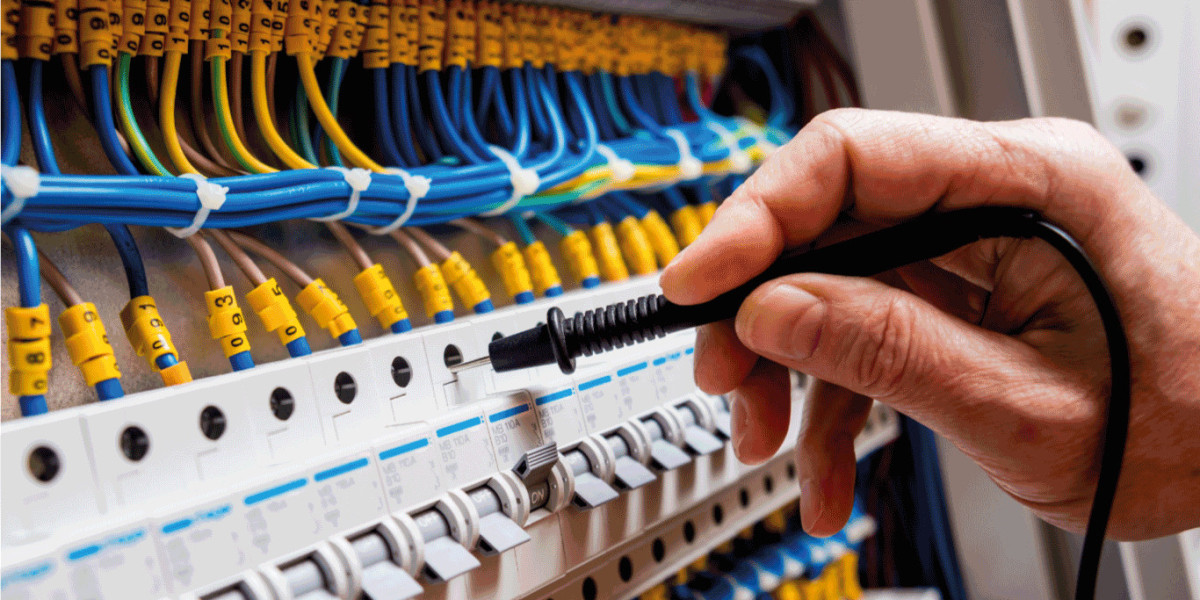
Meeting Electrical Installation Condition Report (EICR) requirements is crucial for ensuring the safety and compliance of electrical installations in any property. This guide will walk you through the essential steps and best practices to help you understand and meet these standards efficiently.
Understanding EICR Requirements
The EICR is a formal document produced after an inspection and testing process of the electrical installations within a property. It ensures that all electrical systems and circuits are safe and up to standard. Knowing the specific EICR requirements is the first step towards compliance.
Choosing the Right Professionals for EICR
When it comes to electrical safety, professional expertise is non-negotiable. Are you looking for a reliable team that comprehensively understands EICR requirements to ensure the safety and compliance of your electrical installations? Companies like M Electrical are specialists in providing EICR services, ensuring that your property remains safe and compliant with all regulations.
Importance of Regular EICR Checks
Regular EICR checks are vital to maintaining the safety of any electrical installation. These checks can help identify potential electrical hazards before they become serious issues.
When Should You Schedule an EICR?
The frequency of these inspections depends on several factors such as the type of property, its usage, and the age of electrical installations. Generally, it's recommended that homeowners schedule an EICR every ten years and landlords or business owners every five.
Preparing for an EICR Inspection
Preparation is key to a smooth EICR process. Ensure that all areas with electrical systems are accessible and that detailed plans or records of the electrical systems are available to the inspectors.
What to Expect During an EICR
During the inspection, a qualified electrician will check all fixed electrical parts, like wiring, socket-outlets, light fittings, and the consumer unit. This includes a thorough inspection to identify any visible signs of damage or wear.
Common Issues Identified During EICR Checks
Understanding common electrical issues can help you address potential problems beforehand.
Overloaded Circuits
One of the most common issues found during inspections is overloaded circuits, which can pose serious fire risks.
Faulty Wiring
Old or incorrectly installed wiring is another frequent problem, highlighting the importance of regular checks.
EICR Report: Decoding the Findings
The outcome of an EICR check is detailed in a report that categorises electrical defects, observations, and recommendations into codes ranging from C1 (immediate danger) to C3 (improvement recommended).
How to Address EICR Report Recommendations
It's crucial to take immediate action on any C1 and C2 findings to ensure safety and compliance. C3 recommendations should also be considered to improve the overall electrical safety of your property.
Benefits of Complying with EICR Standards
Compliance with EICR standards not only enhances safety but also improves the efficiency of your electrical installations, potentially leading to energy savings and increased property value.
Ensuring Long-Term Safety and Compliance
Regular updates and maintenance guided by EICR findings can significantly extend the life of your property’s electrical systems.
Conclusion
Adhering to EICR requirements is essential for ensuring the electrical safety of your property. By engaging with experienced professionals and following through with recommended corrective actions, you can maintain a safe and compliant environment. Remember, electrical safety is not just a legal requirement but a crucial aspect of property management that protects everyone.















